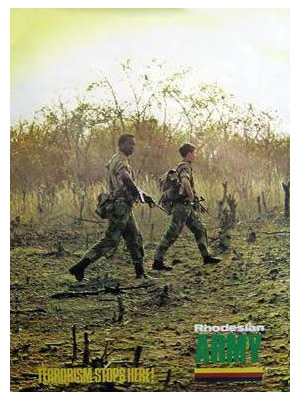Now this is some interesting technology. Anything that can create synchronicity between a rifle’s barrel and it’s sights is a good thing in my book. How it will be used is the question though. If the equipment is durable enough, maybe this might be something cool to have on the weapon at all times. But the way I envision the thing is that it would be a way of testing barrels and sights prior to missions, hunting, competition, or training. The information would also help a shooter to better understand the relationship between rifle, scope, ammo and all the little factors that can tweak a shot.
Here is a thought. If you were to couple this technology with the BORS technology or any of the ranging scopes that are coming out, then we could see the potential for some serious smart rifle action. Here is another idea. I think a competition between a robot sniper and a human sniper would make for a great competition. Both would have five shots at an equal distant target, and shoot close to the same time with the same conditions. Would the robot or human make the more accurate shot? –Matt
A laboratory prototype of Oak Ridge National Laboratory’s Reticle Compensating Rifle Barrel Reference Sensor allows Slobodan Rajic to fine-tune the technology. The system precisely measures the deflection of the barrel relative to the sight and then electronically makes corrections. (ORNL photo by Ron Walli)
ORNL rifle sighting system uses sensors to score bull’s-eye
Crosshairs automatically adjust for conditions in real time
Ron Walli,
April 15, 2011
Military and police marksmen could see their rifle sights catch up with the 21st century with a fiber-optic laser-based sensor system that automatically corrects for even tiny barrel disruptions.
The system, developed by a team led by Oak Ridge National Laboratory’s Slobodan Rajic, precisely measures the deflection of the barrel relative to the sight and then electronically makes the necessary corrections. The lifesaving results are lethal.
“For military snipers, missing the target could allow high-profile terrorists to escape,” Rajic said. “For police marksmen, missing the kidnapper could endanger the lives of hostages and then pose subsequent danger to police officers and the public.” (more…)
